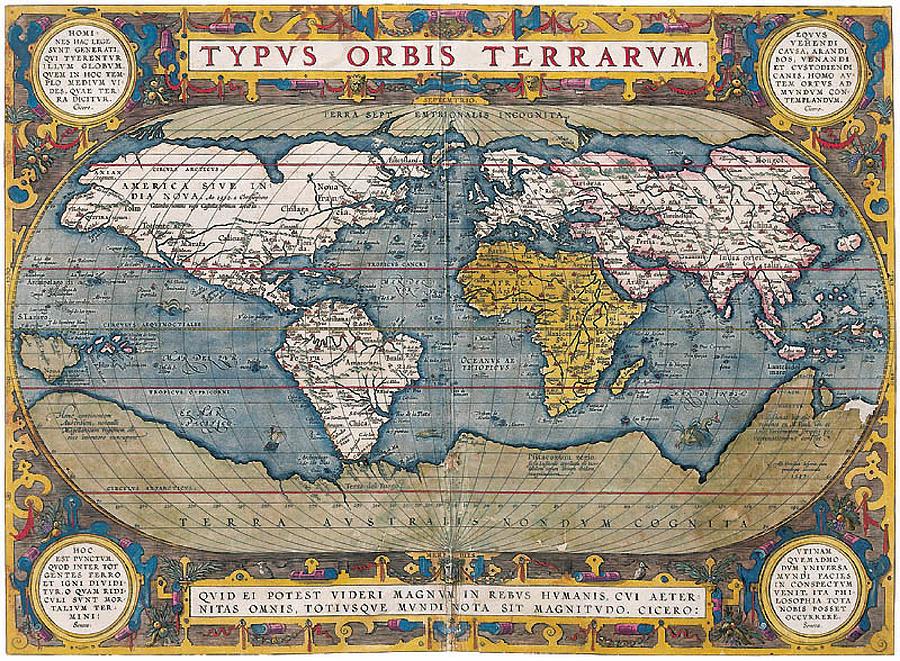

Parker Center for Gravitation, Cosmology, and Astrophysics, University of Wisconsin–Milwaukee, Milwaukee, WI 53201 (United States) Vitale, Salvatore Mohapatra, Satya [LIGO Laboratory, Massachusetts Institute of Technology, 185 Albany Street, Cambridge, MA 02139 (United States) Graff, Philip [Department of Physics, University of Maryland, College Park, MD 20742 (United States) [Cahill Center for Astrophysics, California Institute of Technology, Pasadena, CA 91125 (United States) Nissanke, Samaya [Institute of Mathematics, Astrophysics and Particle Physics, Radboud University, Heyendaalseweg 135, 6525 AJ Nijmegen (Netherlands) Coughlin, Michael [Department of Physics and Astronomy, Harvard University, Cambridge, MA 02138 (United States) Urban, Alex L. Raymond, Vivien [LIGO Laboratory, California Institute of Technology, Pasadena, CA 91125 (United States) Kasliwal, Mansi M. Mandel, Ilya [School of Physics and Astronomy, University of Birmingham, Birmingham B15 2TT (United Kingdom) Price, Larry R. Farr, Ben [Department of Physics, Enrico Fermi Institute, and Kavli Institute for Cosmological Physics, University of Chicago, Chicago, IL 60637 (United States) Farr, Will M.
#Departamento cartographica galaxy map code
Bradley Gehrels, Neil Cannizzo, John [Astroparticle Physics Laboratory, NASA Goddard Space Flight Center, Mail Code 661, Greenbelt, MD 20771 (United States) Chen, Hsin-Yu Holz, Daniel E. SUPPLEMENT: “GOING THE DISTANCE: MAPPING HOST GALAXIES OF LIGO AND VIRGO SOURCES IN THREE DIMENSIONS USING LOCAL COSMOGRAPHY AND TARGETED FOLLOW-UP†(2016, ApJL, 829, L15)Įnergy Technology Data Exchange (ETDEWEB) Compared to HEALPix, MRH used two to four orders of magnitude less memory for the same data, and on average its queries executed 72% faster. Four types of range queries were applied to each data structure for each dataset. It combines HEALPix positive features with the advantages of multi-resolution, including reduced memory requirements and improved query performance.An implementation of the new Multi-Resolution HEALPix (MRH data structure was tested using spherically mapped data from four different scientific applications (warhead fragmentation trajectories, weather station locations, galaxy locations, and synthetic locations. The new data structure allows different areas of the sphere to be subdivided at different levels of resolution.

However, for applications involving sparse point data HEALPix has possible drawbacks, including inefficient memory utilization, overwriting of proximate points, and return of spurious points for certain queries.A multi-resolution variant of HEALPix specifically optimized for sparse point data was developed. Twelve quadtrees, one associated with each base cell, store the data records associated with that cell and its subcells.HEALPix has been used successfully for numerous applications, notably including cosmic microwave background data analysis. One of them, known as Hierarchical Equal Area iso-Latitude Pixelization (HEALPix, partitions the sphere into twelve diamond-shaped equal-area base cells and then recursively subdivides each cell into four diamond-shaped subcells, continuing to the desired level of resolution. Several data structures designed for spherically mapped data have been developed. A multi-resolution HEALPix data structure for spherically mapped point dataĭirectory of Open Access Journals (Sweden)įull Text Available Data describing entities with locations that are points on a sphere are described as spherically mapped.


 0 kommentar(er)
0 kommentar(er)
